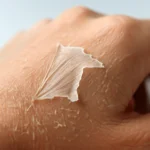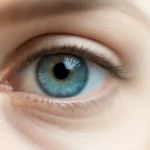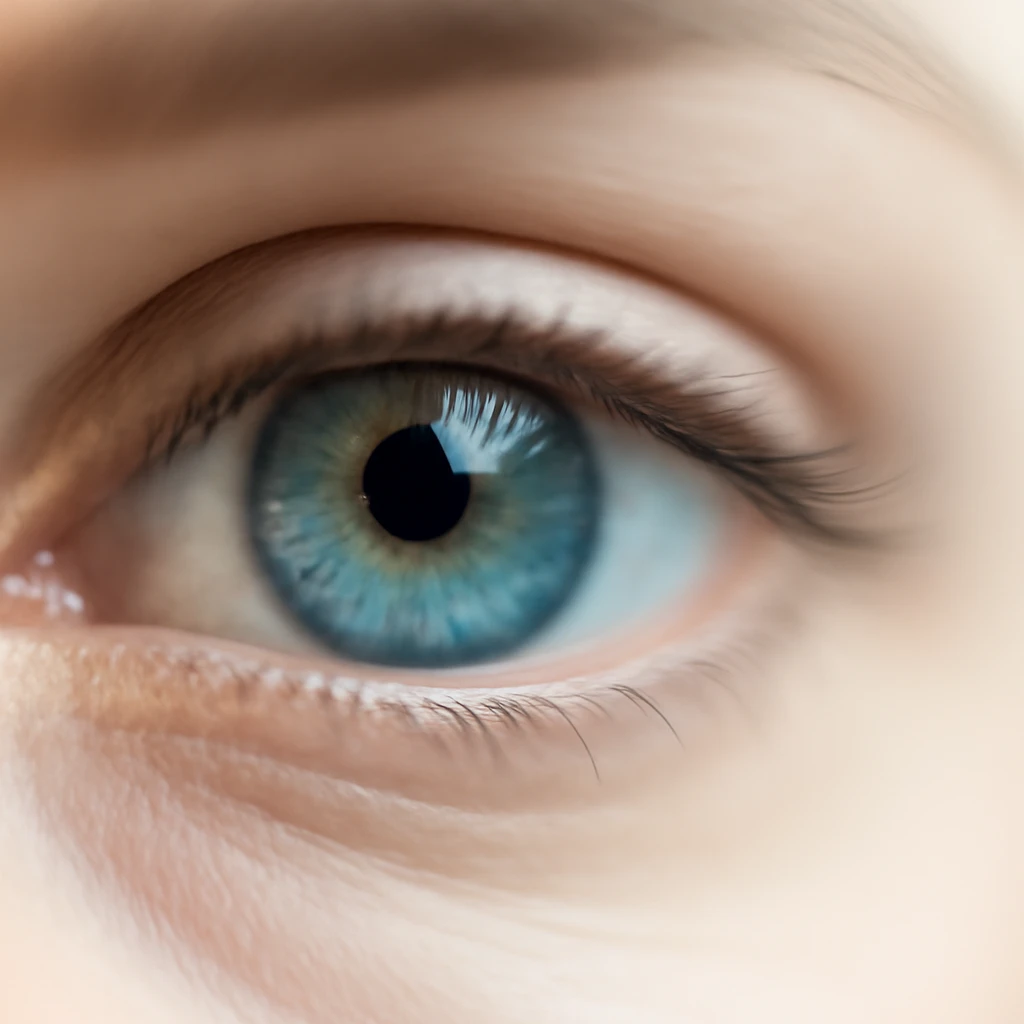
How Light Sensitivity Affects Your Vision and Well-Being
What is Light Sensitivity?
Light sensitivity, also known as photophobia, is a condition where individuals experience discomfort or pain when exposed to bright light. This sensitivity is commonly associated with various eye and neurological conditions, making it an important symptom to recognize and address. While it may seem like a minor annoyance, light sensitivity can significantly affect daily activities, especially when the discomfort becomes persistent or severe.
Light Sensitivity
Light sensitivity refers to an exaggerated response of the eyes and brain to light. This condition can lead to significant discomfort, especially in environments with bright lights. It often indicates an underlying issue that may need medical attention.
Common triggers for light sensitivity include:
- Bright sunlight
- Fluorescent lighting
- Computer screens or digital devices
Photophobia is not a condition in itself but rather a symptom that can be associated with various health conditions, including:
- Eye problems such as cataracts
- Neurological conditions like migraines or traumatic brain injury
Common Causes of Light Sensitivity
Light sensitivity, or photophobia, can result from a variety of underlying conditions, both related to eye health and neurological function. Understanding the common causes of light sensitivity is important for addressing this condition and managing its impact on daily life. Below are some of the most frequent causes:
Neurological Conditions
Neurological conditions such as migraines and traumatic brain injury (TBI) are among the most common causes of light sensitivity. Migraines, in particular, often cause an extreme sensitivity to light, which can make routine activities, such as reading or spending time outdoors, very difficult. In individuals with TBI, photophobia can result from disruptions in the brain’s ability to process light signals effectively. Another neurological condition linked to light sensitivity is blepharospasm, which causes involuntary eye muscle contractions and can lead to discomfort when exposed to bright light.
Eye-Related Conditions
Several eye health issues can contribute to light sensitivity. Conditions such as cataracts, which cause clouding of the eye’s lens, can make light appear more intense and cause discomfort. Similarly, corneal issues, like abrasions or infections, can lead to increased sensitivity to light as the surface of the eye becomes irritated. Additionally, refractive errors in vision, such as astigmatism, can sometimes result in light sensitivity due to the way light is focused within the eye.
Other Contributing Factors
In addition to neurological and eye-related conditions, there are several other factors that can contribute to light sensitivity. Medications, such as certain antibiotics, diuretics, and antihistamines, can make the eyes more sensitive to light as a side effect. Environmental factors like bright sunlight or fluorescent lighting are also common triggers for photophobia. Systemic health conditions, such as certain autoimmune diseases or infections, can also lead to light sensitivity, as these conditions may affect the body’s ability to regulate light processing in the eyes and brain.
Recognizing Light Sensitivity Symptoms
Physical Symptoms
Light sensitivity, or photophobia, is characterized by discomfort or pain when exposed to bright light. This discomfort can range from mild irritation to severe pain, making it difficult for individuals to tolerate everyday lighting conditions. Common physical symptoms include:
- Squinting
- Eye strain
- The instinctive need to shield the eyes from light
- Watering of the eyes due to irritation
In more severe cases, individuals may avoid being in well-lit environments altogether, limiting their ability to perform normal daily activities.
Associated Symptoms
In addition to the primary symptom of light sensitivity, photophobia often occurs alongside other symptoms, particularly headaches. Headaches, especially migraines, are a common co-occurring issue with light sensitivity, and bright light may even act as a trigger for these headaches. Other associated symptoms include:
- Visual disturbances (e.g., halos or glare around lights)
- Dizziness
- Nausea
These associated symptoms can significantly impact the quality of life, especially if they are persistent or worsen over time.
Managing and Treating Light Sensitivity
Medications and Therapies
Managing light sensitivity typically involves addressing the underlying condition that is causing it. For example, when photophobia is related to migraines or traumatic brain injury (TBI), treating these conditions may help reduce the sensitivity to light. Medications like pain relievers, including acetaminophen and ibuprofen, can help alleviate the discomfort caused by light exposure. In some cases, anti-inflammatory drugs may also be prescribed to reduce inflammation and sensitivity. Additionally, for those with persistent light sensitivity, light-dimming glasses or special filters that reduce glare can provide relief by decreasing the intensity of bright lights and reducing strain on the eyes.
Lifestyle Adjustments and Behavioral Strategies
In addition to medications, behavioral interventions and lifestyle adjustments can play a key role in managing light sensitivity. Effective strategies include:
- Avoiding exposure to bright lights
- Wearing hats with wide brims or sunglasses to shield the eyes from sunlight
- Using softer lighting or installing dimmer switches indoors
- Avoiding fluorescent lighting, which can be harsh
- Taking regular breaks from screen time and using screen filters to reduce eye strain
By incorporating these changes into daily routines, individuals can significantly improve their comfort and quality of life when dealing with light sensitivity.
Prevention and Long-Term Management of Light Sensitivity
Managing Triggers
Prevention of light sensitivity primarily involves identifying and managing known triggers. These triggers can vary from person to person but often include:
- Bright lights
- Certain environmental factors
- Specific foods, such as those containing caffeine or alcohol
For example, some individuals with light sensitivity may find that bright sunlight or fluorescent lighting exacerbates their symptoms. In these cases, wearing protective eyewear, such as sunglasses with polarized lenses, or installing dimmer switches indoors can help mitigate exposure. Monitoring these triggers and making conscious adjustments to daily routines can help reduce the frequency and severity of light sensitivity episodes.
Regular Medical Care and Monitoring
Along with managing triggers, regular medical care is essential for preventing the worsening of light sensitivity. Frequent check-ups with a healthcare provider can help monitor any changes in symptoms and ensure that underlying conditions, such as migraines or eye-related disorders, are being effectively treated. Consistent medical care is also important for adjusting treatments as necessary and ensuring that interventions remain effective over time.
For individuals with chronic light sensitivity, staying in close contact with a healthcare provider can also help address any new concerns or complications that may arise, contributing to better long-term management and symptom control.
Prevention and Long-Term Management of Light Sensitivity
Managing Light Sensitivity Triggers
Preventing light sensitivity primarily involves identifying and managing known triggers. These triggers can vary from person to person but often include:
- Bright lights
- Certain environmental factors
- Specific foods, such as those containing caffeine or alcohol
For example, some individuals with light sensitivity may find that bright sunlight or fluorescent lighting exacerbates their symptoms. In these cases, wearing protective eyewear, such as sunglasses with polarized lenses, or installing dimmer switches indoors can help mitigate exposure. Monitoring these triggers and making conscious adjustments to daily routines can help reduce the frequency and severity of light sensitivity episodes.
Regular Medical Care and Monitoring for Light Sensitivity
Along with managing triggers, regular medical care is essential for preventing the worsening of light sensitivity. Frequent check-ups with a healthcare provider can help monitor any changes in symptoms and ensure that underlying conditions, such as migraines or eye-related disorders, are being effectively treated. Consistent medical care is also important for adjusting treatments as necessary and ensuring that interventions remain effective over time.
For individuals with chronic light sensitivity, staying in close contact with a healthcare provider can also help address any new concerns or complications that may arise, contributing to better long-term management and symptom control.
- Light sensitivity, or photophobia, can result from conditions like migraines, traumatic brain injury, and certain eye disorders.
- Common symptoms include discomfort or pain when exposed to bright light.
- Photophobia often accompanies headaches and may also involve sensitivity to other environmental factors.
- Diagnosing light sensitivity requires a thorough medical history and tests to rule out underlying conditions.
- Treatment focuses on managing the underlying cause and may include pain relievers or light-dimming glasses.
- Prevention involves managing triggers such as bright lights and certain foods.
- Disruptions in the brain’s light-processing abilities can contribute to light sensitivity.
Frequently Asked Questions about Light Sensitivity
- What is light sensitivity? Light sensitivity, also known as photophobia, is when your eyes become uncomfortable or painful when exposed to bright light. It is often a symptom of other underlying health issues like migraines or eye conditions.
- What causes light sensitivity? Light sensitivity can be caused by various factors including neurological conditions, eye health issues, medications, or environmental triggers such as bright sunlight or fluorescent lighting.
- What are the common symptoms of light sensitivity? The primary symptom of light sensitivity is discomfort or pain when exposed to bright light. It may also be associated with headaches, eye strain, and visual disturbances like glare or halos around lightsSomething went wrong while generating the response. If this issue persists please contact us through our help center at .Retry


















